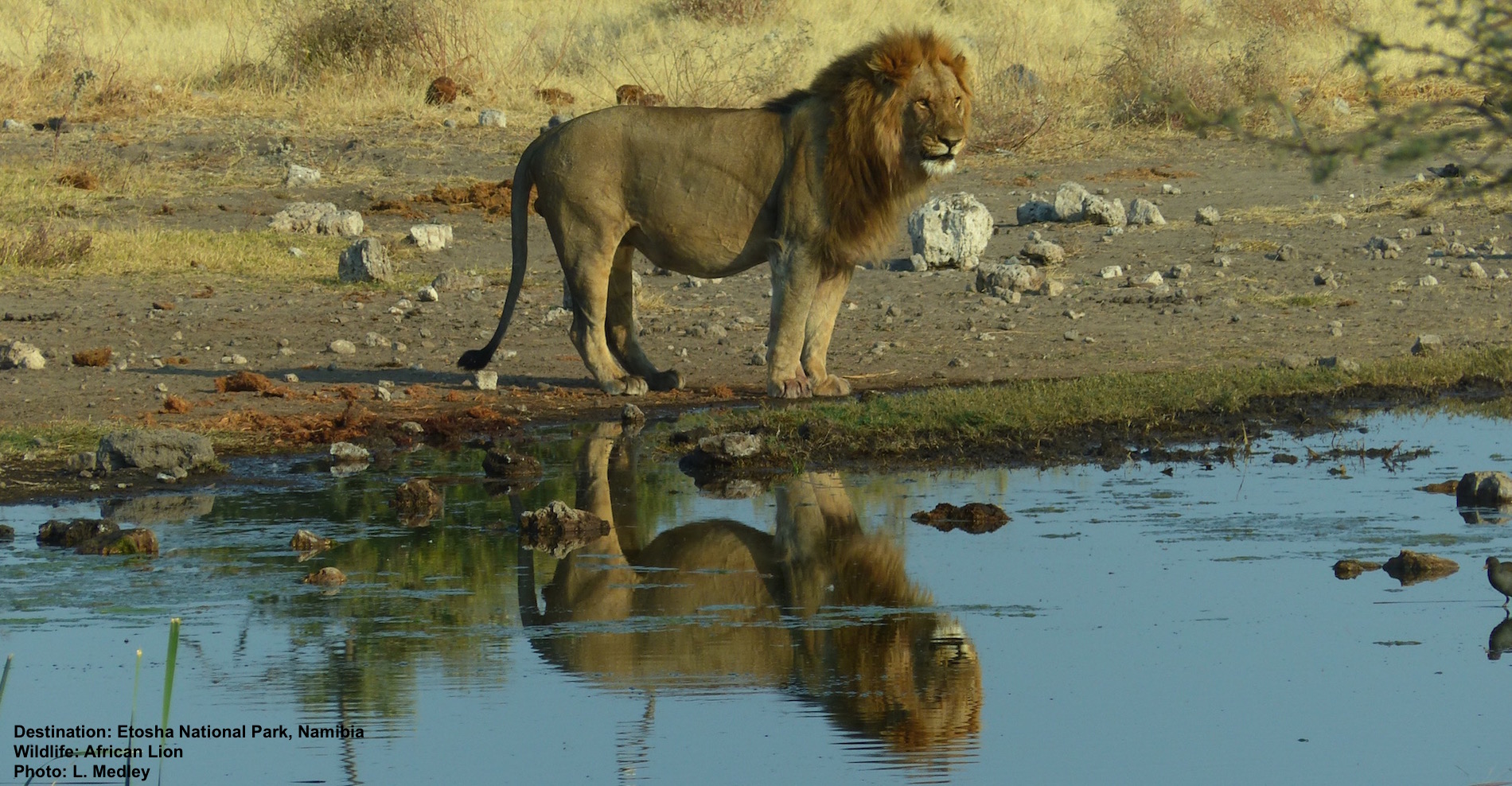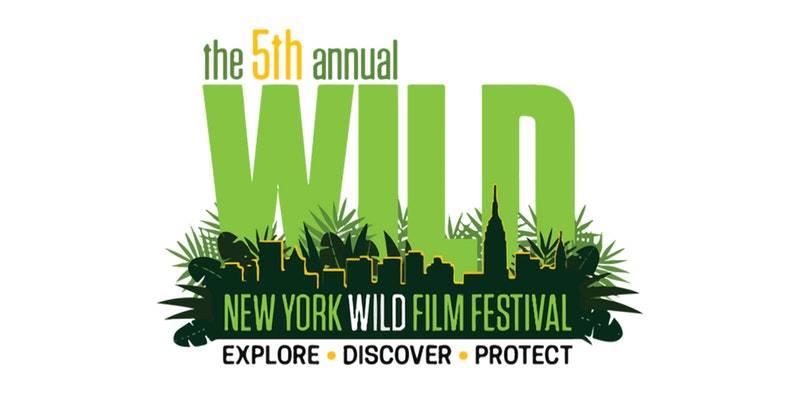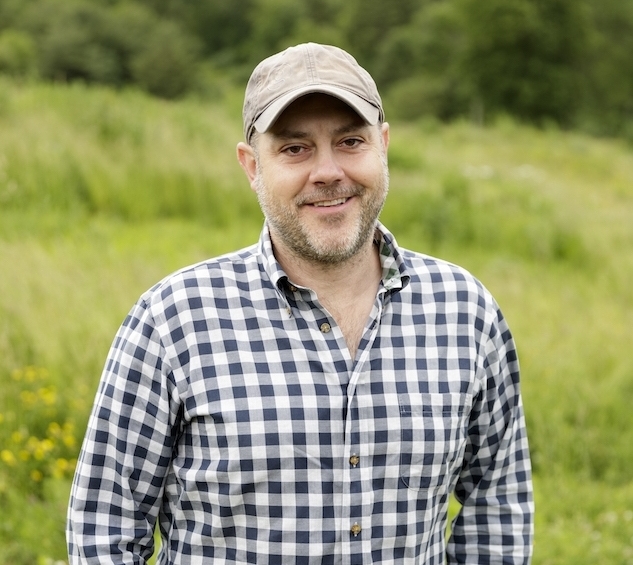New York WILD Film Festival 2019
I love the New York Wild Film Festival.
✔︎Tips:
Who: Families, Wildlife & Nature Lovers, Film enthusiasts
When: February 21- 24, 2019
Where: New York City
Feb. 21 Paley Center for Media
Feb. 22-24, Explorers Club
A feeling of empowerment weaves through the line-up this year.
From an individual who units his community against the political corruption destroying its land; to students determined to clean a major river, with 1 billion oysters to a young man committed to inspiring the next generation of conservationists - by remixing nature sounds (be prepared to want to dance!). And the list goes on.
The films of the New York WILD Film Festival always inspire me. The stories bring us all over the world with wildlife and nature and communities and individuals, with hope and excitement - and always new knowledge. This year we will travel from the blue sky, into the depths of the oceans and everywhere in-between.
The festival opens Thursday, February 21 at the Paley Center for Media, Friday through Sunday it move to The Explorers Club. Don’t miss the inspiring and fun New York WILD Film Festival.
These are some of my favorite films from this years lineup.
Bird of Prey.
THE GREAT PHILIPPINE EAGLE IS POSSIBLY THE RAREST BIRD ON THE PLANET. CINEMATOGRAPHER DECIDED TO VISIT IT ONE LAST TIME, THE RESULT IS BIRD OF PREY.
Thursday, February 21. Opening Night at the Paley Center for Media
Possibly the rarest bird on the plant, its 7-ft wingspan, a head-crest that acts like radar for tracking prey and blue-ish colored eyes, the Great Philippine Eagle, is also one of the most magnificent – and so is the cinematography of this unforgettable film.
Once found in 90% of the Philippines, logging has destroyed most of their old-growth forest habitat. Today there is fewer than 400 breeding pair left on four small islands: Luzon, Samar, Leyte, and Mindanao where the film was shot.
To film the eagles, cinematographer Neil Rettig climbed high (more than 100 ft) into the last fragments of the Philippine old growth forests. He and his team built multiple viewing platforms, each one incrementally closer to the bird’s nest hoping not to scare them. The film was produced in conjunction with the Cornell Lab of Ornithology and the Philippine Eagle Lab, a group of biologists and local forest guards working to protect the last Great Philippine eagles from extinction – and possibly the last hope of survival for this species.
The Festival then moves to the Explorers Club
Remixing Madagascar
BEN MIREn, SOUND ARTISTS AND ACOUSTIC BIOLOGIST CATCHING THE BEAT. YOU WILL NEVER HEAR NATURE THE SAME WAY AGAIN. IMAGE: THANKS TO REMIXING MADAGASCAR.
Sunday, February 24, The Explorers Club (Daytime Program).
Ben Miren knows a little something about the music of nature. He hears a beat in the forest, lemurs, birds, and other animals create a rhythm all their own. You have never heard nature quite like this. What’s making that sound – come watch, and listen with us. Below is a little preview - get ready to dance.
Full disclosure: I am happy to say that Ben Miren is a good friend of mine. When I first met him a few years ago, I admit I was a bit skeptical about what the work he described to me. Today I am a believer. Ben is not just a talented young man, he is also the kind of guy you want your kids to meet. Bring them to the Family Program on Sunday, February 24 (at the Explorers Club)
700 Sharks
Sunday February 24, The Explorers Club (Daytime Program) The world’s largest congregation of grey reef sharks is at Fakarava Pass in French Polynesia 350 – 700 of them at a time. There is only one question: How is it possible? There is not enough prey there to sustain them there. 5 of the world’s most experienced underwater scientists wanted to find out. They aimed to produce 3-D mapping to reveal the sharks' movements, gathering points, and strategies. During the day the sharks are mellow, saving energy and resting - at night grey sharks go into a hunting and feeding frenzy. The scientists dived and filmed at night. Join director and scientist Luc Marescot on this incredible adventure to discover the behavior of grey reef sharks. Winner of the NY Wild Film Festival Best Wildlife Film.
When Lambs Become Lions
IT IS NOT UNUSUAL FOR POACHERS AND RANGERS TO BE FROM THE SAME FAMILY, THE REASON WAY THEY FOLLOW THEIR OPPOSITE PATHS ARE STRIKINGLY SIMILAR. IMAGE: THANKS TO WHEN LAMBS BECOME LIONS
Saturday, February 23, The Explorers Club (Evening Program)
As much as we in the west would like it to be, wildlife conservation is not a black and white issue. For three years in Kenya, director John Kasbe followed both poachers and rangers, men from one family, as they each dealt with the same problems of survival. For each of them, it was not only the elephants whose future is in question. Rarely do we see the conservation problem from the other side. For anyone who loves wildlife and wants to find a sustainable path to preserving it – this film is a must see.
Vaquita
WOULD YOU HELP SAVE THE LAST VAQUITAS, THE WORLD’S SMALLEST MARINE MAMMAL, OR FEED YOUR CHILDREN? WILDLIFE CONSERVATION IS NOT A BLACK AND WHITE ISSUE. IMAGE: OMAR VIDAL THANKS TO VAQUITA.
Saturday, February 23, The Explorers Club (Daytime Program)
What does a drug cartel, a one-industry economy and odd fish used as a Chinese aphrodisiac have to do with the extinction of the world’s smallest marine mammal? Everything. Found only in one small area in the Sea of Cortez, and with a value similar to cocaine, the quest for totoaba fish has put one small town at the epicenter of a war between organized crime on one side and the military and wildlife conservationists on the other. At stake, a now endangered fish and the last 20 Vaquita dolphins on the planet. In San Filipe, Mexico, where fishing is illegal, you can watch the boats go out at night. Here, poaching is an open secret. Even the military feels it cannot stop it - there is too much money at stake, and the local population does not have other economic choices. As one local asked, “Are we supposed to watch our families starve?”
Bears of Durango
HOW DOES WILDLIFE, ESPECIALLY LARGE CARNIVORES LIKE BLACK BEAR, COEXIST WITH HUMANS? THE COLORADO PARKS AND WILDLIFE ARE DETERMINED TO FIND THE ANSWER. IMAGE: DUSTY HULET, THANKS TO BEARS OF DURANGO
Saturday February 23. The Explorers Club, (Morning Program)
“If we want our native biodiversity here, if we want these large carnivores to be back on our landscapes, ultimately we’re going to have to figure out how do we coexist? How do we share a single landscape? Heather Johnson, Ph.D., Lead Wildlife researcher. In 2011, the Colorado Parks and Wildlife undertook the mission to find out how to make human-black bear coexistence possible in the face of ever-expanding human populations. This is their story.
Take Back the Harbor
A PUBLIC SCHOOL IN NEW YORK CITY TEACHES CHILDREN HOW TO SAVE THEIR RIVER WITH 1 BILLION OYSTERS IN, TAKE BACK THE HARBOR. IMAGE: THANKS TO DISCOVERY.
Sunday, February 24, The Explorers Club (Daytime Program)
Can school children help rescue the Hudson River? A few years back I met a young man, a kid really, who was volunteering as a guide on Governor’s Island. He explained about me about a school program he was involved in that was dedicated to saving New York Harbor. It was called The Billion Oyster Project. He also told me that the year before he was invited to apply, he had been on the verge of dropping out of school. This project is not only growing oyster beds, but it is also shaping a generation of valuable world citizens. From the award-winning filmmakers Kristi Jacobson and Roger Ross Williams.
Why Oysters? Oysters are not only culinary treat. Oyster reefs help protect the land against storm surge, and they are natural water cleaners. In 1609, when Henry Hudson arrived in what is now New York, it was protected by 350 miles of oyster reefs - half the oyster population in the world. Then they began to die. The reasons could be traced back to the usual suspects: Industrial pollution, waste, overfishing, and simple neglect.
Silas
CAN ONE MAN SAVE HIS WORLD? SILAS Siakor UNITED A COMMUNITY AGAINST A CORRUPT GOVERNMENT TO SAVE HIS FORESTS AND HIS PEOPLE. IMAGE: THANKS TO SILAS FILM.
Saturday, February 23, The Explorers Club (Daytime Program)
“When they tear down the tree and strip the land, they tear down the people and strip their lives” Silas Siakor.
Can one person change the world? In Liberia, Silas Siakor decided to stop the illegal logging that was destroying his home and country and displacing his family and neighbors. To do that, he had to stand up against the political corruption that perpetuated it.
The destruction of the planet’s forests, whether in Liberia or Alaska or the Amazon permanently disrupts the ecosystem. This disruption is a root cause of species extinction. The loss of forest ecosystem speeds global warming, which is a significant indicator in the mass migration of human beings which in turn is an agent of civil unrest and even war. One man decided to do something about what was happening in his home.
Schedule and tickets here. Enjoy!
MORE
It’s Here. The 2018 New York WILD Film Festival
An interview with Nancy Rosenthal creator of the Film Festival.
What is the Value of Nature and Wildlife?
An interview with wildlife conservationist, Mark Fowler
It Is Time To Change the World
The Story of Responsible Tourism
Four Wildlife Conservation Organizations You Should Know About






